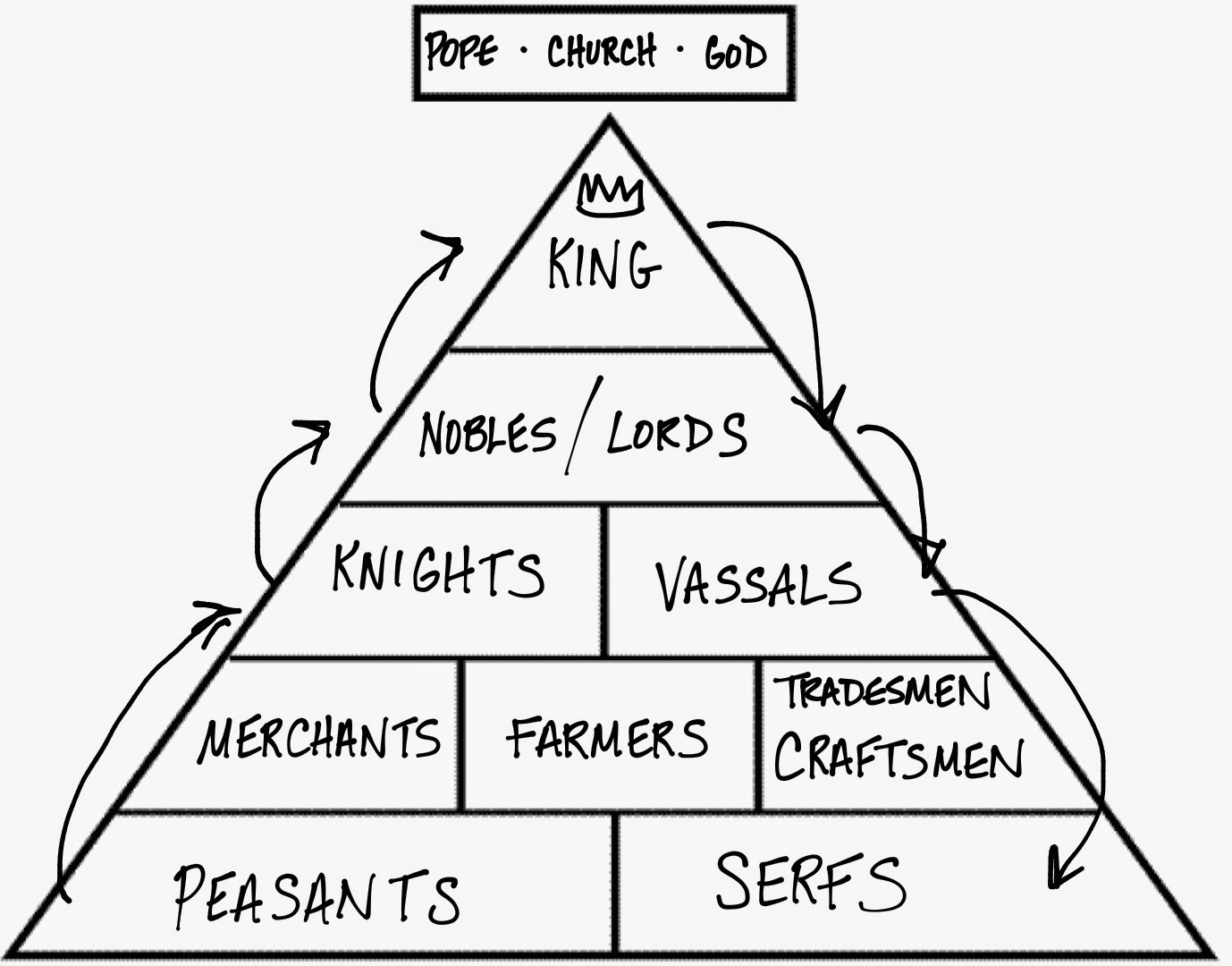

Rather, the relationship between serf and landowner or tenant is referred to as the manorial system after the most common unit of land, the 'manor'. The term feudalism, however, is generally applied by modern historians only to the relationship between lords and vassals, and not the peasantry. They were often treated as little more than slaves and could not leave the estate on which they lived and worked. The peasantry worked, without pay, on the land owned or rented by others to produce food for themselves and, just as importantly, food and profit for their masters. Unfree labourers were serfs, also known as villeins, who were at the bottom of the social pyramid and who made up the vast majority of the population.
#FEUDALISM IN THE MIDDLE AGES VASSALS FREE#
Thus there was a perpetual divide between the landed aristocracy (monarchs, lords, and some tenants) and those who worked the land for them who could be free or unfree labourers.

The feudal system perpetuated itself as a status quo because the control of land required the ability to perform military service and, because of the costs involved (of weapons, armour and horses), land was required to fund military service.

The feudal system perpetuated itself as a status quo because the control of land required the ability to perform military service & land was required to fund military service.


 0 kommentar(er)
0 kommentar(er)
